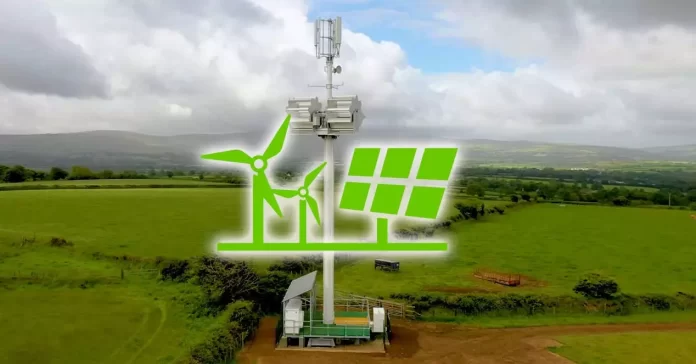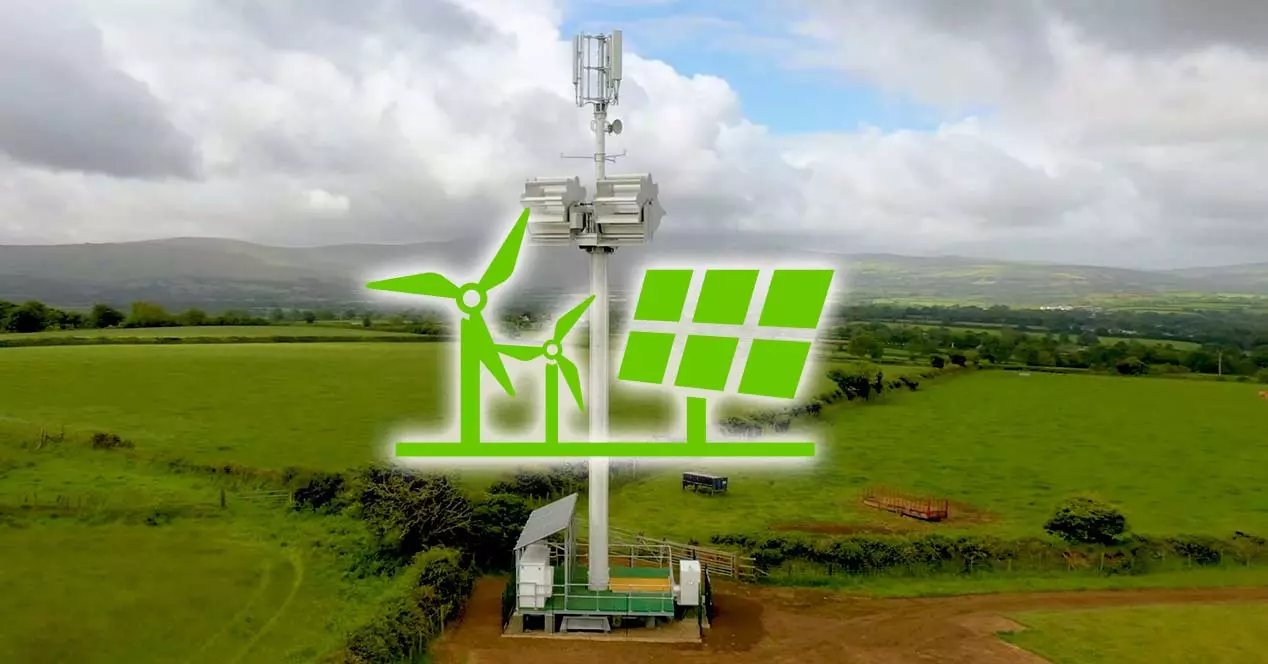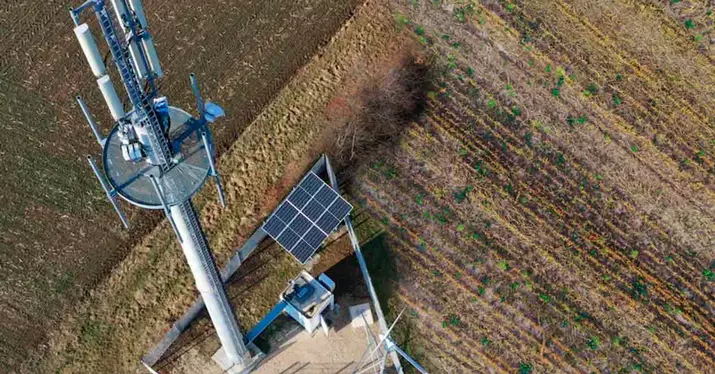Vodafone is committed to reducing CO2 emissions to zero by 2027 for the UK and by 2040 globally. That is why it is also looking for new, more sustainable ways of carrying out its activity, and one of these examples has been a 4G tower that self-powers its battery by charging with a wind turbine and solar panels.
This 4G tower has been placed in Eglwyswrw, Walesand will run for two years and the data collected will be analyzed and used to determine where other similar units can be deployed.
Solar and wind 4G tower
Vodafone says it potentially eliminates the need for a connection to the national electricity grid, which can also serve to provide connectivity to extremely remote areas. Plus, it’s virtually portable, as Crossflow Energy’s wind turbine can generate power even in light winds, and the mast can be installed without the need to dig trenches or lay power lines.
“This self-powered mobile phone mast, with on-site battery storage, could help us connect places that were previously impossible to reach. It will also help us reduce carbon emissions and minimize our impact on local environments. If this trial is a success, we would like to deploy more ‘self-powered’ masts, with a focus on areas with little or no coverage.said Andrea Dona, Director of Networks and Director of Development at Vodafone.
For his part, Martin Barnes, CEO of Crossflow Energy, has defined the advantages of this project as follows: “We are incredibly excited to be partnering with Vodafone in this UK for the first time. Until now, the use of ‘small wind’ turbines in the race to net zero has been limited due to issues of performance, reliability and planning concerns such as noise, vibration and ecological damage. The unique design of our wind turbine addresses all of these challenges head-on. We believe that one day their use could be as widespread and common as solar panels.”
Other sustainable cell towers
This from Vodafone is not the only example in the search for greater sustainability in the mobile phone market. German telecoms group Deutsche Telekom and Swedish equipment supplier Ericsson have built a 5G tower powered by solar and wind energy that can be self-sufficient given the right conditions.
Located in the Bavarian municipality of Dittenheim, it was originally partially powered by solar panel energy since the joint initiative began more than a year ago and currently has 12 square meters of solar modules. Ericsson and Deutsche Telekom recently added a wind turbine to the mix, apparently capable of providing up to five kilowatts of additional power.
The next phase of the project will see the integration of additional energy sources, such as fuel cellswhich will replace the need for diesel power generators, both companies said.












